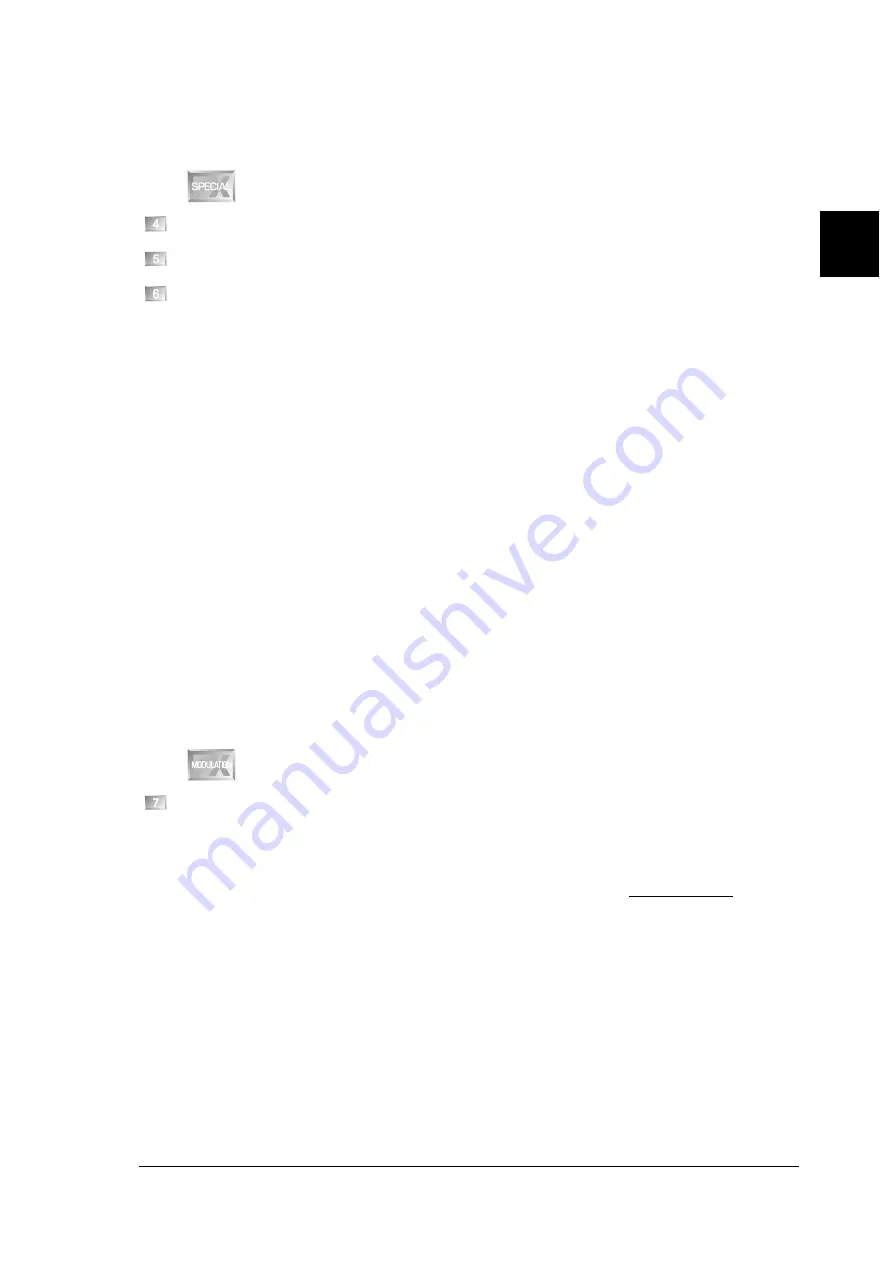
13
E
+
We recommend that you make frequent A/B comparisons (IN/OUT) between the original and
the processed signals. Rule of thumb: sound-enhancing effects should be missed when ab-
sent instead of directly audible. Remember, less is more.
Auto Lowpass
Auto Highpass
Auto Bandpass
Filters are used to modify the frequency response of a signal. Lowpass filters cut off high frequencies, while
high-pass filters attenuate the low-frequency portions of a signal. A resonance parameter allows for raising the
level of the frequencies around the cut-off frequency.
A band-pass filter provides both low and high-frequency attenuation, while the adjustable frequency band
between the two cut-off points is passed. The Q (=quality) parameter controls the bandwidth of the passband.
To avoid distortion, the output level is automatically reduced as set with the resonance parameter.
The parameters of the filter effects:
VARIATION: Mode: lets you select the filter mode:
L1: LFO-modulated 12 dB/oct. filter.
L2: LFO-modulated 24 dB/oct. filter.
A1: signal-envelope-modulated 12 dB/oct. filter.
A2: signal-envelope-modulated 24 dB/oct. filter.
EDIT A: Frequency: determines the filters cut-off frequency.
EDIT B: Resonance: adjusts the quality/resonance of the filter.
EDIT C: Depth: controls the modulation depth applied to the cut-off frequency.
EDIT D: Speed: controls the LFO speed between 0.004 and 9.9 Hz for modes L1 and L2, or the envelope
follower speed for modes A1 and A2.
Jetstream Flanger
Originally, flanging effects were produced by two tape recorders synchronized to each other. Both machines
played back the same signals (e.g. a guitar solo). By applying just a little bit of pressure to the
flange
of the
supply reel of one tape recorder you can slow down the playback speed. The resulting delay produces phase
shifts which in turn lead to a cancellation of certain frequencies, which is called comb-filter effect. Since the
pressure applied to the reel is not constant, the canceled frequencies and thus the sound spectrum are varying
continuously. In todays age of digital technology you dont have to use your fingers any longer. The
MODULIZER PRO mixes the original signal with a delayed copy of the signal. The resulting cancellations are
varying as the delay time is being modulated from an LFO. Depending on the maximum delay time and LFO
frequency you can produce sometimes dramatic sound effects which become increasingly metallic as the
effect intensity is raised. The sound resembles that of a flying jet plane (Jetstream). In addition to a positive
feedback, the DSP1200P also allows you to add negative feedback which results in a tube-like sound.
The parameters:
VARIATION: Speed: adjusts the LFO speed between 0.004 and 9.9 Hz.
EDIT A: Delay: this parameter sets the maximum delay time (1-20 ms).
EDIT B: Depth: adjusts the modulation depth.
EDIT C: Feedback: controls the amount of effect signal that is fed back to the input.
1. INTRODUCTION
All manuals and user guides at all-guides.com














































